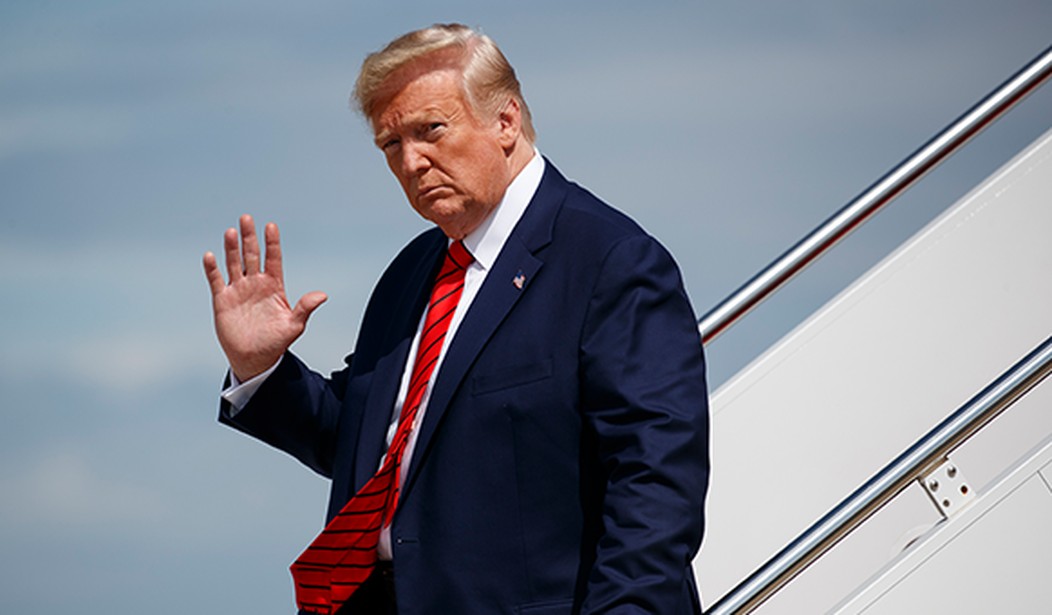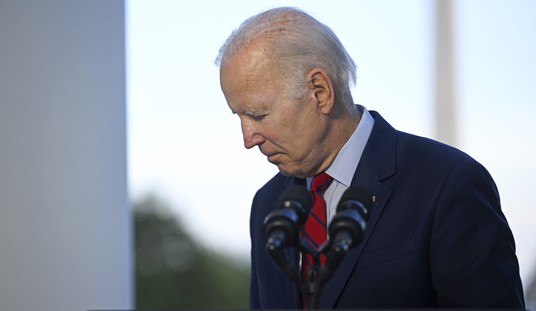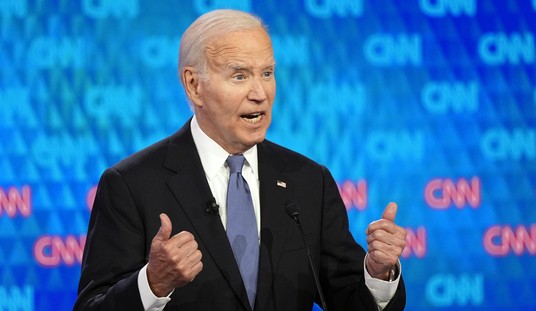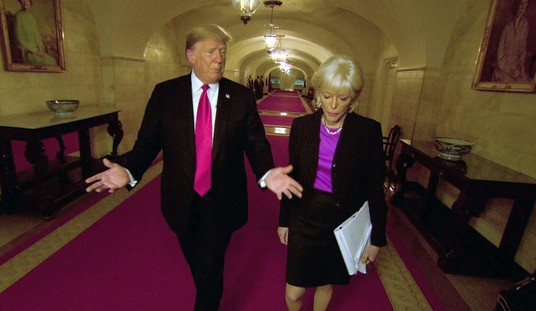Every single plausible Democratic candidate for president has endorsed tax increases as a centerpiece of their economic agenda. Think about what we are hearing from Elizabeth Warren, Joe Biden, Bernie Sanders and the rest of the "Punch and Judy" show: new wealth taxes, carbon taxes, energy taxes, higher death and income taxes with rates up to 70%. Payroll taxes would rise to pay for Social Security benefit expansions and Medicare for All.
I remember a time when liberal Michael Dukakis, running against George H.W. Bush, declared he would only raise taxes as "a last resort." Now Democrats think raising taxes on employers, investors, companies and the wealthy is some kind of badge of honor and the option of first resort. They also cite a few outlier economists who tell them what they want to hear: that tax rates of 50% to 70% or more won't hurt the economy at all. Yes, and Warren is of Native American descent.
Meanwhile, Trump and the Republicans in Congress have the 2017 tax cut to trumpet -- a reform that by almost any objective measure has worked better for workers and middle-class families than we even expected. Middle-class incomes have hit an all-time high, as have the stock market and employment. Tax revenues are also higher than ever before -- with the tax cut in place.
But voters are always wondering what comes next. Trump and the Republicans need a new tax cut plan, just as a rock 'n' roll band whose album has just gone platinum needs a new one out next year.
The fact that Democrats are so open about their lust for higher taxes makes the case for a Republican tax cut even stronger. In politics, it's always wise to paint in bright colors.
What would a new tax plan look like? I'm a big fan of the Steve Forbes' 18% postcard flat tax. That's probably too big and bold for now. Trump has said he wants any new tax cut to be aimed at the middle class. So here are some practical ideas that could help the economy and would benefit working-class Americans:
Recommended
1) Tax-free savings accounts. My Heritage colleague Adam Michel has been pitching an idea that would allow Americans with incomes below about $150,000 to deduct up $10,000 each year from their taxable income if they put the money into savings. By raising national saving, this would provide a bigger pool of money available for investment and allow millions of Americans to own more stock.
Given that most middle-class families have very low savings, this would also acculturate Americans to squirreling away more money every year and watching the power of compound interest raise their lifetime wealth.
2) Reduce tax rates on the middle class to 15%. This is an idea that National Economic Council Director Larry Kudlow has floated. It reduces rates from 22% to 15% for those in the middle income range, which will modestly offer greater work incentives for millions of families while allowing people to keep more of their earnings.
3) Capital gains rollover. This would change the way we tax capital gains income. Currently, if you own a stock like IBM and want to sell it at a gain of, say, $50,000 and use those gains to buy stock in Uber, you have to pay a nearly 24% tax on the $50,000. But all you've done is rearrange your portfolio of stocks; you haven't really realized a gain in your income that you can spend.
This perversely locks in investment because people stay in old stocks and steer away from investing in new start-ups in order to avoid the capital gains tax. Under this "rollover" proposal, capital gains would be paid only when the money is withdrawn from the stock market entirely.
4) Private accounts for Social Security. Allow workers to put a small amount -- perhaps 2% -- of their payroll taxes into a private, personal retirement account. These accounts would be invested in the index funds of all stocks. This would allow for much higher lifetime returns from this money than conventional Social Security would offer. It would allow every participating American -- including tens of millions of minimum-wage workers -- to become shareholders and own a piece of the rock.
These are all proposals that let Americans keep more of what Warren calls their "hard-earned money." Let the liberals spend the next 11 months trying to explain why higher taxes and lower take-home pay is better for families than lower taxes andmore take-home pay. That should be fascinating to watch.
Stephen Moore is a senior fellow at the Heritage Foundation and an economic consultant with FreedomWorks. He is the co-author of "Trumponomics: Inside the America First Plan to Revive the American Economy."

























Join the conversation as a VIP Member